First Aid and Medical
Learn critical first aid and medical skills to enhance your survival capabilities in emergencies and outdoor adventures.
Introduction
In the wilderness or during a disaster, first aid and medical preparedness become crucial for survival. While modern medicine has advanced significantly, having basic first aid knowledge can make a difference between life and death in remote locations or during emergencies. This article aims to provide a comprehensive guide to essential first-aid skills and preparedness strategies.
Basic First Aid Skills
1. Assess the Situation
Before rendering aid, ensure the area is safe. Your wellbeing is important, and you can’t help others if you’re injured. Approach any situation with caution and remain calm.
2. CPR (Cardiopulmonary Resuscitation)
-
Adult CPR: Push hard and fast in the center of the chest. Aim for 100-120 compressions per minute. If trained, use rescue breaths in a cycle of 30 compressions followed by two breaths.
-
Child and Infant CPR: Use two fingers for infants and one hand for small children, pressing down about 1.5 inches. Rescue breaths are crucial after every 30 compressions.
3. Treating Wounds
-
Cuts and Scrapes: Clean the wound with clean water. Disinfect with antiseptic wipes if available, then cover with a sterile bandage.
-
Deep Wounds: Apply pressure with a clean cloth to stop the bleeding. If the bleeding doesn’t stop, seek medical help immediately.
4. Fractures and Sprains
-
Fracture: Immobilize the area. Avoid realigning bones yourself. Use a splint and seek medical help.
-
Sprain: R.I.C.E - Rest, Ice, Compression, and Elevation. Avoid using the injured limb excessively.
5. Burns
-
Minor Burns: Run cool, not cold, water over the area for several minutes. Cover lightly with a sterile dressing.
-
Severe Burns: Do not submerge in water. Cover the burn with a clean cloth and seek immediate emergency care.
Medical Preparedness
1. Assemble a First Aid Kit
Having a well-stocked first-aid kit is crucial. Consider including:
- Adhesive bandages of various sizes
- Sterile gauze and tape
- Antiseptic wipes or solution
- Tweezers and scissors
- Pain relievers (e.g., ibuprofen, acetaminophen)
- Emergency blanket
- CPR face shield
2. Know Basic Health Skills
Understanding basic health indicators like heart rate and respiratory rate can provide clues about a person’s health. Learn how to measure and interpret these signals.
3. Develop a Medical Plan
Create a plan tailored to your environment and group needs. Know the nearest medical facilities and have a list of emergency contacts.
4. Take a First Aid Course
Many community centers and online platforms offer first aid courses. Learning hands-on skills from professionals can enhance your confidence and efficiency in an emergency.
Common Scenarios and Examples
Scenario: Hiking Accident
Imagine you’re hiking, and a fellow hiker trips and injures their ankle. Start by assessing the situation and ensuring no other hazards are present. Employ the R.I.C.E method to manage the sprain, and if necessary, help the injured person relocate with minimal pressure on the injured ankle.
Scenario: Camping Trip Burn Injury
In a camping scenario where someone accidentally touches a hot surface, quickly run cool water over the burn and cover it with a sterile dressing. Monitor the injury and seek a healthcare provider if the burn is severe or forms blisters.
Scenario: Natural Disaster First Response
During a natural disaster, prioritize securing the environment and attending to injuries using the outlined first-aid principles. Always be sure to follow up with professional medical assistance when possible.
Conclusion
First aid and medical readiness are integral parts of survival in extreme situations. Equipping yourself with knowledge and supplies can empower you to act confidently and calmly in emergencies. Remember, it’s essential to continue learning and refreshing these skills regularly as medical guidelines and recommendations can evolve over time.
Acknowledgement: This article utilizes general first-aid guidelines and principles provided by reputable organizations like the American Red Cross and the American Heart Association.
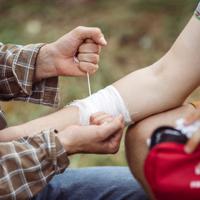
Learn essential first aid techniques for emergency situations. Gain the knowledge to provide immediate assistance before professional help arrives.
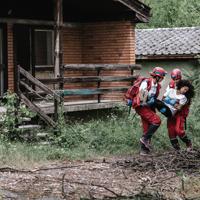
This page explores vital survival skills, emphasizing the importance of mental preparedness, shelter construction, and effective water purification methods.

Essential first aid kits for outdoor enthusiasts, homeowners, and more. Learn about preparedness and building your own kit.
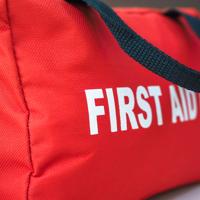
Discover the most suitable first aid kits for various emergencies, ensuring you are prepared for minor injuries and serious situations.
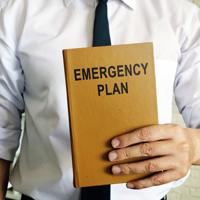
Learn how to effectively prepare for emergencies, covering assessments, family plans, and essential kits to ensure resilience in any disaster.
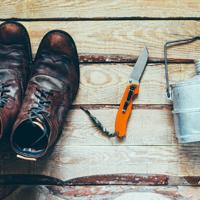
Essential tools and equipment guide for various needs.
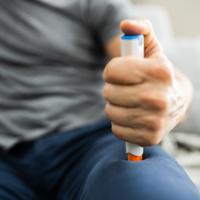
Learn how to build a customized first aid kit that suits your emergency needs, whether at home, in the wilderness, or on the go.
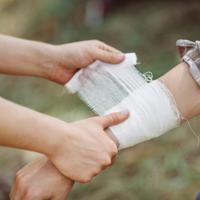
Learn how to manage common injuries in the field with practical first aid techniques that can make a difference while enjoying the outdoors.